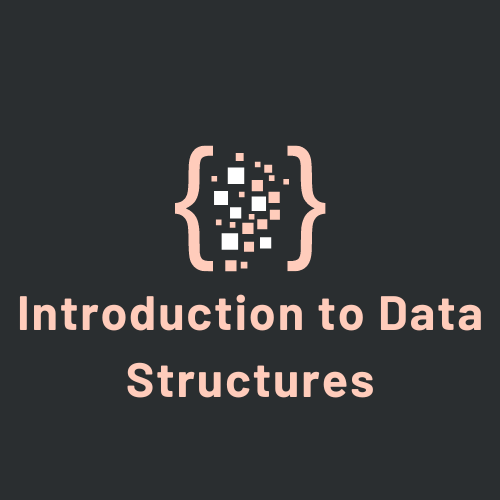Introduction
In the realm of computer science and programming, data structures serve as the foundational building blocks upon which efficient algorithms are constructed. Understanding data structures is fundamental for any aspiring programmer or software engineer, as they play a crucial role in organizing and manipulating data efficiently.
This introductory guide aims to provide a comprehensive overview of data structures, exploring their importance, types, and basic operations. By the end of this article, you’ll have a solid understanding of the key concepts behind data structures and their significance in software development.
What are Data Structures?
In simple terms, a data structure is a way of organizing and storing data in a computer so that it can be accessed and manipulated efficiently. Think of data structures as containers that hold data in a specific layout, enabling various operations to be performed on that data with ease.
Data structures can be categorized into two main types: primitive data structures and abstract data structures. Primitive data structures are basic data types provided by programming languages, such as integers, floats, characters, and arrays. Abstract data structures, on the other hand, are more complex structures built using primitive data types and operations.
Importance of Data Structures
Efficient data structures are critical for optimizing the performance of algorithms and applications. By choosing the right data structure for a particular task, programmers can minimize resource usage, reduce execution time, and improve overall system efficiency.
Additionally, a solid understanding of data structures is essential for solving complex problems and implementing algorithms effectively. Many common programming tasks, such as searching, sorting, and traversing data, rely heavily on the use of data structures.
Types of Data Structures
There is a wide variety of data structures available, each suited to different types of data and operations. Some of the most commonly used data structures include:
- Arrays: Ordered collections of elements stored in contiguous memory locations.
- Linked Lists: Linear collections of elements, where each element points to the next one in the sequence.
- Stacks: Last-in, first-out (LIFO) collections of elements, where insertion and deletion occur at the same end.
- Queues: First-in, first-out (FIFO) collections of elements, where insertion occurs at the rear and deletion at the front.
- Trees: Hierarchical data structures composed of nodes, with each node having zero or more child nodes.
- Graphs: Non-linear data structures consisting of vertices (nodes) and edges (connections) between them.
These are just a few examples, and there are many other specialized data structures available, each with its own unique characteristics and applications.
Basic Operations on Data Structures
Regardless of the type of data structure, there are several common operations that can be performed on them, including:
- Insertion: Adding a new element to the data structure.
- Deletion: Removing an existing element from the data structure.
- Traversal: Visiting each element of the data structure in a systematic manner.
- Searching: Finding a specific element within the data structure.
- Sorting: Arranging the elements of the data structure in a specific order.
Understanding these basic operations is essential for effectively working with data structures and implementing algorithms efficiently.
Conclusion
Data structures are the building blocks of efficient algorithms and software applications. By organizing and storing data in a structured manner, programmers can optimize performance, reduce resource usage, and solve complex problems effectively.
In this introductory guide, we’ve explored the importance of data structures, discussed different types of data structures, and highlighted common operations performed on them. Armed with this knowledge, you’re well-equipped to dive deeper into the world of data structures and unlock their full potential in your programming endeavors.
This comprehensive introduction to data structures serves as a solid foundation for further exploration and learning in the field of computer science and software development. Whether you’re a beginner or an experienced programmer, mastering data structures is an essential step towards becoming a proficient and skilled software engineer.


Leave a Reply